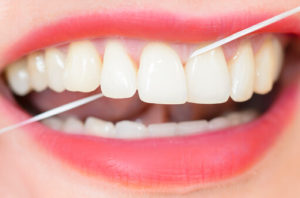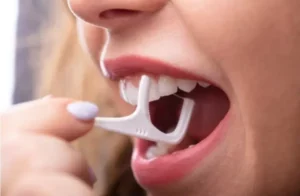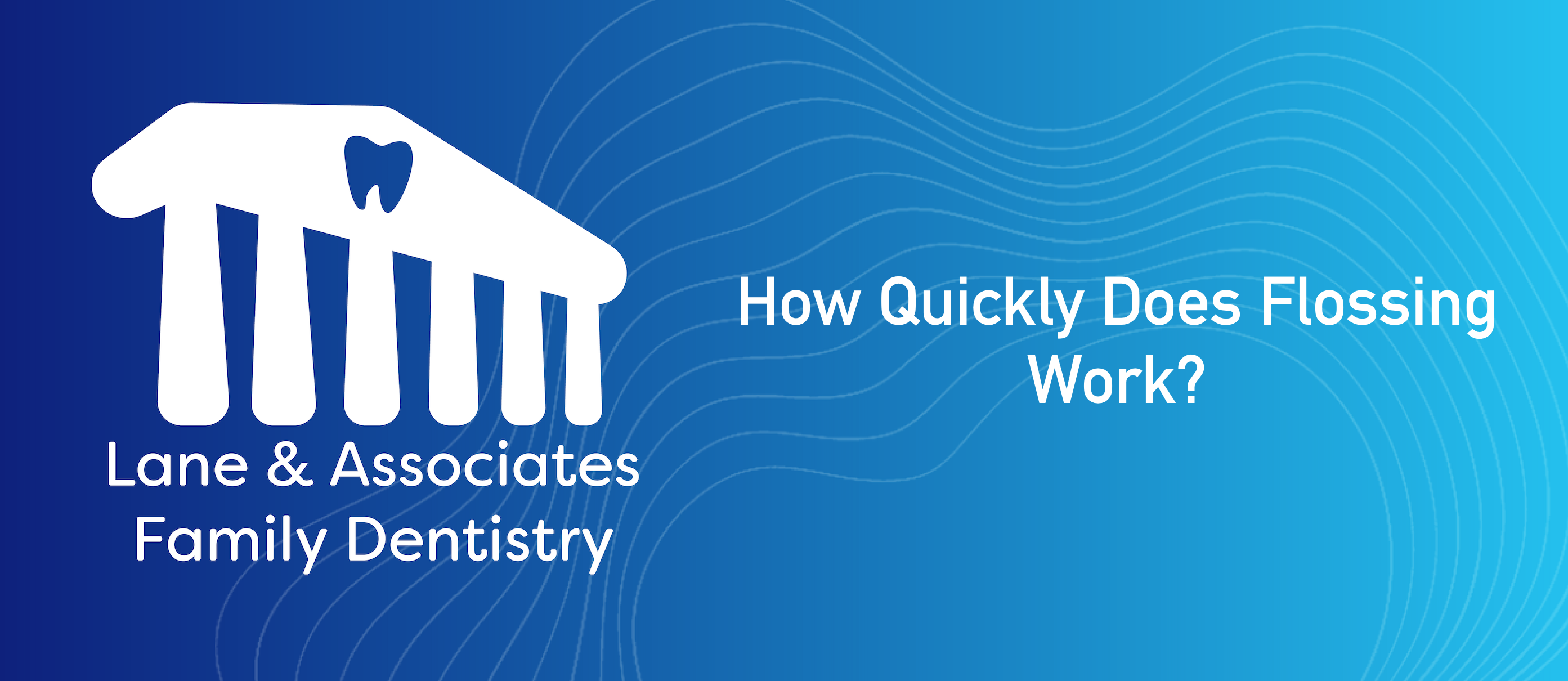Flossing is an essential part of maintaining good oral hygiene, but many people wonder how quickly they can expect to see results from this simple yet effective practice. In this article, we’ll explore common questions about the timing of flossing, including how quickly it works, how long it takes to see results, and how to know if flossing is effectively improving gum health.
Understanding the Timing of Flossing
Flossing works by removing food particles and plaque from between the teeth and along the gumline, where toothbrushes often can’t reach. While the effects of flossing may not be immediately visible, it starts working as soon as you begin incorporating it into your oral hygiene routine.

After flossing, you may notice an immediate improvement in the cleanliness and freshness of your mouth. Over time, consistent flossing helps prevent the buildup of plaque and tartar, reducing the risk of gum disease, cavities, and bad breath.
How Long Do I Need to Floss to See Results?
The time it takes to see noticeable results from flossing can vary depending on individual factors such as the current state of your oral health, your flossing technique, and the frequency of flossing. However, most people can expect to see improvements within a few weeks to a month of regular flossing.
Consistency is key when it comes to flossing. Aim to floss at least once a day, preferably before bedtime, to remove plaque and debris that accumulate throughout the day. By making flossing a daily habit, you’ll gradually notice cleaner teeth, healthier gums, and fresher breath.
How Long Does Flossing Take to Improve Gums?
Flossing plays a crucial role in maintaining gum health by removing plaque and bacteria that can cause inflammation and gum disease. While the time it takes to improve gum health through flossing can vary depending on individual factors, such as the severity of existing gum issues, consistent flossing can lead to noticeable improvements over time.
In general, you may start to see improvements in gum health, such as reduced redness, swelling, and bleeding, within a few weeks to a month of regular flossing. However, it’s essential to continue flossing daily to maintain these improvements and prevent gum disease from recurring.
How Do You Know If Flossing Is Working?

There are several signs that indicate flossing is effectively improving gum health:
- Reduced Bleeding: If your gums bleed less frequently or stop bleeding altogether when you floss, it’s a sign that your gums are becoming healthier. Bleeding gums are often a sign of inflammation and gum disease, so a decrease in bleeding indicates that flossing is helping to reduce inflammation and promote gum health.
- Improved Gum Appearance: Healthy gums should appear pink and firm, with no signs of swelling, redness, or tenderness. As you continue to floss regularly, you may notice that your gums look healthier and more vibrant, indicating that flossing is effectively removing plaque and bacteria.
- Decreased Sensitivity: Gum sensitivity is often associated with gum disease and can be exacerbated by the presence of plaque and tartar. As you remove plaque and debris through flossing, you may experience a reduction in gum sensitivity, indicating improved gum health.
- Fresh Breath: Flossing helps remove food particles and bacteria from between the teeth, reducing the risk of bad breath. If you notice that your breath smells fresher after flossing, it’s a sign that flossing is effectively removing odor-causing bacteria and promoting oral hygiene.
Does Flossing Hurt Less Over Time?
For some people, flossing may initially cause discomfort or sensitivity, especially if they’re not accustomed to the practice or if they have existing gum issues. However, as you continue to floss regularly, any discomfort should decrease over time as your gums become healthier and less prone to inflammation.

Using proper flossing technique and choosing the right type of floss can also help minimize discomfort. Be gentle when flossing to avoid injuring the gums, and consider using waxed or coated floss if you find traditional floss too harsh on your gums.
In conclusion, flossing is a simple yet effective way to maintain healthy gums and prevent oral health issues. While the timing of results may vary from person to person, consistent flossing can lead to noticeable improvements in gum health within a few weeks to a month. By making flossing a daily habit and paying attention to signs of improved gum health, you can enjoy a healthier smile and fresher breath for years to come.


